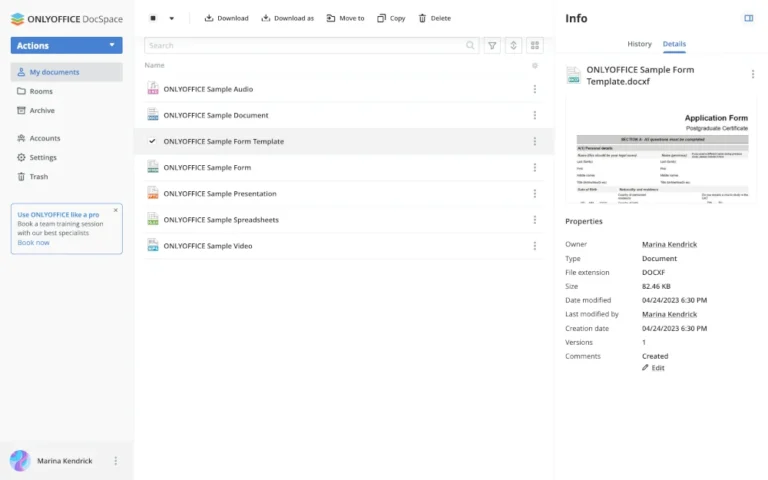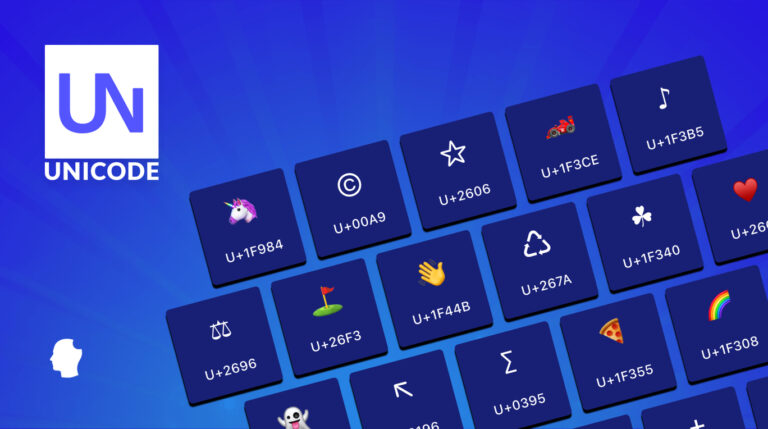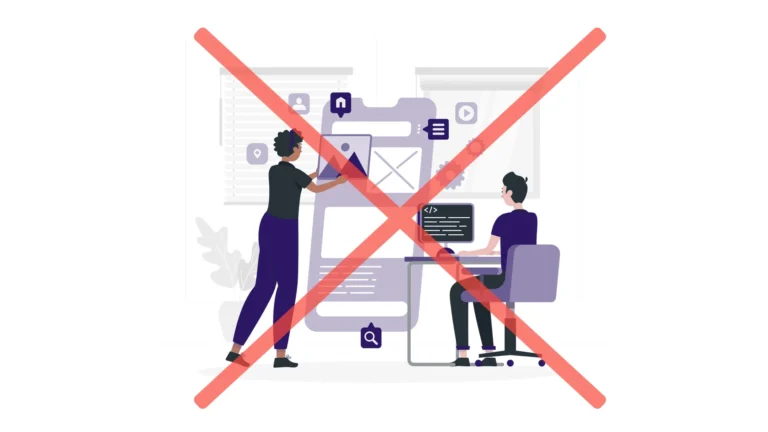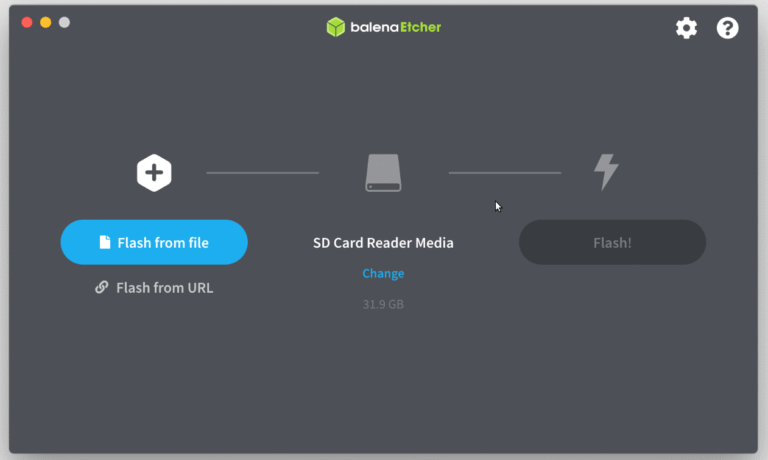Staying ahead of potential threats is no longer optional—it’s a necessity. That’s where red teaming comes into play. A red team simulates real-world attacks to identify vulnerabilities in your systems, allowing you to fix them before malicious actors exploit them. But not all red teaming tools are created equal. Choosing the right one can make or break your cybersecurity strategy. If you’re considering implementing a red teaming tool, here’s what you need to know to make an informed decision.
When choosing a red teaming tool, prioritize one that offers comprehensive simulation capabilities. The tool should mimic a wide range of real-world attack vectors, from phishing campaigns and social engineering to network penetration testing. This versatility ensures your organization can test its defenses against the full spectrum of potential threats.
For example, some tools, like Mindgard, use AI-driven simulations to replicate the tactics, techniques, and procedures (TTPs) employed by actual threat actors. This level of sophistication gives you a more accurate understanding of your system’s vulnerabilities and readiness.
Ease of Use and User Interface
Contents
- 1 Ease of Use and User Interface
- 2 Customizability and Scalability
- 3 Integration With Existing Security Tools
- 4 Detailed Reporting and Analytics
- 5 Real-Time Collaboration Features
- 6 Regulatory Compliance Support
- 7 Cost and ROI
- 8 Customer Support and Training
- 9 Community and Regular Updates
- 10 How Automated Red Teaming Enhances Security Posture
- 11 Red Teaming Tools vs. Traditional Penetration Testing
- 12 Bottom Line
- 13 nandbox App Builder
Cybersecurity tools are often complex, but that doesn’t mean they should be difficult to use. Look for a red teaming tool with a user-friendly interface that simplifies planning, executing, and analyzing attack simulations. This is especially important if your team includes members who are not cybersecurity experts. A clean dashboard, intuitive controls, and clear reporting can help your team focus on addressing vulnerabilities rather than struggling to understand the tool itself.
Customizability and Scalability
Your organization’s security needs will evolve as your business grows. A red teaming tool should adapt to these changes by offering customizable features and scalable solutions. Customizable options let you tailor attack simulations to match your specific industry, compliance requirements, or infrastructure setup. Scalability ensures the tool can handle increasing data volumes and complexity as your organization expands.
Integration With Existing Security Tools
A good red teaming tool doesn’t operate in isolation. It should integrate seamlessly with your security solutions, such as Security Information and Event Management (SEIM) platforms, endpoint protection software, and vulnerability management systems. Integration enables smoother workflows and allows your team to correlate data from various sources, making it easier to spot trends and respond to threats. A tool that works well within your current ecosystem also reduces the learning curve for your team.
Detailed Reporting and Analytics

Actionable insights are the cornerstone of effective red teaming. The right tool should provide detailed reports and analytics that highlight vulnerabilities, the success rate of simulated attacks, and recommendations for improvement. Clear and comprehensive reports allow your team to prioritize remediation efforts and communicate findings to stakeholders. Look for tools that use visualizations, such as graphs and heatmaps, to make complex data easier to interpret.
Real-Time Collaboration Features
Red teaming often involves collaboration between multiple departments, including IT, security, and management. A tool with real-time collaboration features can improve coordination and ensure everyone remains on the same page during simulations and remediation efforts. Shared dashboards, task assignments, and live updates can streamline communication and reduce redundancies, saving your team time and effort.
Regulatory Compliance Support
Your red teaming tool should help you test compliance with industry standards and identify areas where you may fall short. Some tools even include pre-built templates designed to test specific compliance requirements, which can simplify the process and reduce the risk of fines or reputational damage.
Cost and ROI

While it’s tempting to choose the most feature-rich tool available, it’s essential to consider cost and return on investment (ROI). The ideal tool strikes a balance between affordability and functionality, ensuring you get the features you need without unnecessary extras. Remember, a red teaming tool is an investment in your organization’s security. Choosing the right one can prevent costly breaches and downtime, offering significant long-term savings.
Customer Support and Training
Even the most intuitive tool can have a learning curve. Choose a provider that offers robust customer support and training resources to help your team get the most out of the tool. Look for options such as 24/7 support, online tutorials, and in-depth training sessions. A provider that prioritizes customer success will ensure your team has the knowledge and confidence to use the tool effectively.
Community and Regular Updates
The cybersecurity landscape is constantly changing. Your red teaming tool should evolve with it. Tools backed by active user communities and frequent updates. An engaged community can also be a valuable resource for troubleshooting and best practices. Providers that release regular updates demonstrate their commitment to keeping the tool relevant and effective.
How Automated Red Teaming Enhances Security Posture
Automated red teaming is revolutionizing the way organizations approach security testing. It uses advanced algorithms and tools to simulate real-world threats across the entire attack surface of your organization. These tools identify potential attack paths, test for privilege escalation, and even assess vulnerabilities caused by lateral movement within your network. One of the key advantages of automated red teaming is its ability to conduct continuous automated red teaming exercises. These simulations run on a recurring basis, offering your security team real-time insights into your organization’s vulnerabilities. This proactive approach not only strengthens your security posture but also prepares your team to respond effectively to evolving threats.
Red Teaming Tools vs. Traditional Penetration Testing

- The Best WordPress Page Builder Plugins for Creating Stunning and Customizable Layouts: If you are seeking to improve the appearance of your WordPress site with visually appealing and customizable layouts, page builder plugins offer a valuable solution. This article aims to delve into the concept of WordPress page builder plugins, outlining the reasons for their utility, and presenting a selection of top-rated options such as Elementor, Beaver Builder, Divi Builder, Visual Composer, and Thrive Architect.
- A Basic Guide to Designing a Multilingual Website: Whether your goal is to generate significant revenue or to establish a robust international community, it’s crucial to consider several design elements from the outset. These elements will ensure your website is versatile and can be easily adapted to meet various international standards. Creating foreign-language versions of your site involves more than simple translation; proper localization is necessary before your launch, and early planning can significantly simplify this process.
- 5 Different Types of Shell Commands in Linux: When it comes to gaining absolute control over your Linux system, then nothing comes close to the command line interface (CLI). In order to become a Linux power user, one must understand the different types of shell commands and the appropriate ways of using them from the terminal. In Linux, there are several types of commands, and for a new Linux user, knowing the meaning of different commands enables efficient and precise usage. Therefore, in this article, we shall walk through the various classifications of shell commands in Linux.
- Bare Metal as a Service: Direct access to physical servers: In the evolving landscape of cloud computing, businesses are continually seeking more robust and customisable solutions to meet their unique needs. One such solution that has gained prominence is Bare Metal as a Service (BMaaS). This model offers direct access to physical servers, providing enhanced performance, security, and flexibility. Let’s delve deeper into what BMaaS is and why it might be the right choice for your organisation.
Red teaming tools and penetration testing tools both play vital roles in enhancing an organization’s security. However, the two approaches differ significantly in scope and methodology. While a penetration test focuses on identifying specific vulnerabilities, red teaming takes a more holistic view, assessing your organization’s entire attack surface and simulating the actions of potential attackers to uncover systemic weaknesses.
Effective red teaming tools go beyond basic security testing to include capabilities for ethical hacking, red team engagements, and red team activities. For example, these tools can simulate social engineering attacks and test your organization’s response to privilege escalation scenarios. This provides a more comprehensive assessment of your defenses than traditional penetration testers might offer. Red teaming engagements are particularly valuable for testing your security team’s ability to detect and respond to complex threats. These insights are critical for strengthening your defenses and ensuring your organization is well-prepared for any potential threats.
Bottom Line
Choosing the right red teaming tool is about more than just ticking boxes on a feature list—it’s about finding a solution that aligns with your organization’s unique needs and long-term goals. Take your time to evaluate your options, test out demos, and involve your team in the decision-making process. By investing in the right tool, you’re not just securing your organization—you’re empowering it to thrive in an increasingly digital world.
nandbox App Builder
The nandbox App Builder allows businesses to create custom apps to support Red Teaming operations, which can include features such as secure communication channels, real-time attack simulations, and the ability to assess defenses, identify weaknesses, and prepare for potential threats in a controlled environment.





